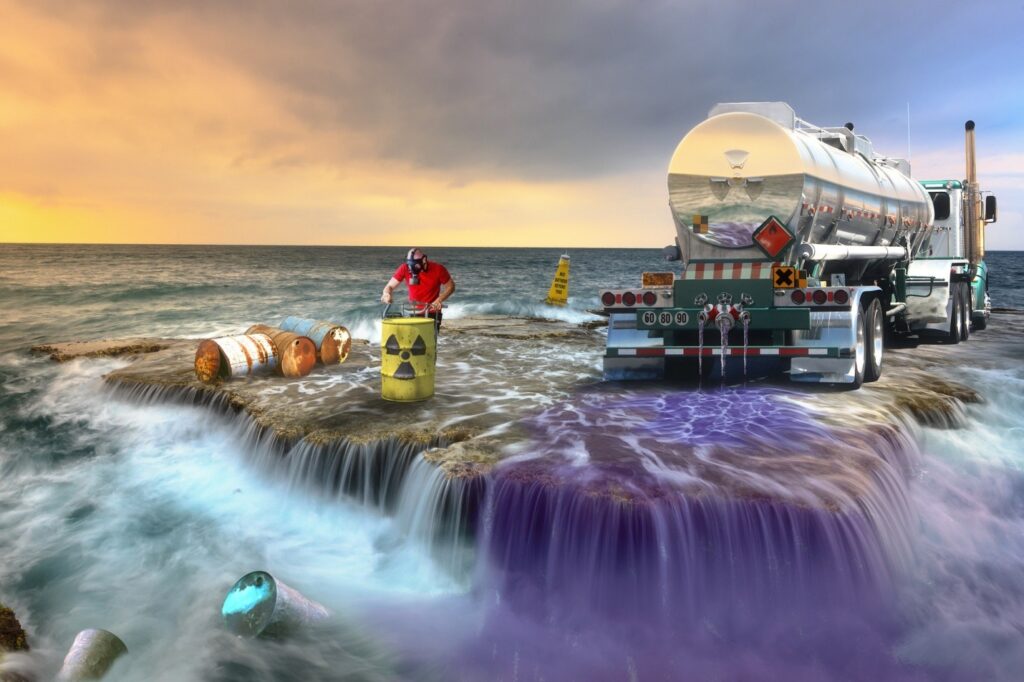Reclaim Waste - An Overview
Reclaim Waste for Dummies
Table of ContentsSome Known Incorrect Statements About Reclaim Waste Some Of Reclaim WasteThe Single Strategy To Use For Reclaim WasteAbout Reclaim WasteReclaim Waste Things To Know Before You Get This
Check out the types, incidents, and types of fluid waste. Domestic sewer waste describes the waste and items from a household septic tank. This sort of waste is produced by people in houses, institutions, and other structures. This only consists of septic containers that have a drainpipe field. The appropriate monitoring and disposal of residential sewer waste need fluid waste to be moved to a sewage treatment plant where the correct methods and devices are put on cleanse and get rid of waste.
Commercial waste often includes potential risks, such as flammable materials or a mixture of liquid and strong waste items, and requires a much more advanced and in-depth disposal process. The disposal of business waste usually includes the filtering of waste prior to transportation to make sure risk-free and correct disposal. Industrial waste is developed from by-products and overflow of commercial procedures and production.
This type of waste can not make use of the exact same sewer administration transport or procedures as septic or business fluids. The commercial waste administration process needs the inspection and testing of fluid waste before it undertakes the disposal process (liquid waste disposal). Drainage waste is the fluid waste that comes from runoff and excess stormwater in extremely booming areas or cities
Runoff waste can cause contamination and flooding if not dealt with appropriately. Ensuring correct waste management can avoid calamities and lower environmental harm.
6 Easy Facts About Reclaim Waste Explained
Contact PROS Providers today to discover our waste management and disposal solutions and the proper means to care for the fluid waste you generate.
(https://experiment.com/users/reclaimwaste1)Do you know what occurs to your water when you disengage, purge the commode or drain the cleaning maker? No? Well, it deserves recognizing. This so-called 'wastewater' is not only an essential resource yet, after treatment, will certainly be released to our land, waterways or the sea. Used water from bathrooms, showers, bathrooms, kitchen area sinks, washings and industrial processes is called wastewater.

water made use of to cool down equipment or clean plant and devices). Stormwater, a kind of wastewater, is overflow that streams from farming and metropolitan areas such as roofs, parks, gardens, roads, paths and gutters right into stormwater drains pipes, after rainfall. Stormwater streams untreated straight to local creeks or rivers, ultimately getting to the ocean.
The Best Strategy To Use For Reclaim Waste
In Queensland, the majority of wastewater is treated at sewer therapy plants. Wastewater is carried from domestic or industrial sites via a system of sewers and pump stations, known as sewage reticulation, to a sewer therapy plant. City governments develop, preserve and run most sewer therapy plants. Operators are accredited under the Environmental Management Act 1994 to discharge treated wastewater at an acceptable ecological requirement into rivers.
The Division of Natural Resources recommends neighborhood federal governments regarding managing, operating and preserving sewerage systems and therapy plants. In unsewered locations, city governments may need homeowners to set up individual or home sewage therapy systems to deal with residential wastewater from toilets, cooking areas, restrooms and washings. The Department of Natural Resources authorizes the usage of home systems when they are proven to be effective.
Most stormwater gets no therapy. In some brand-new subdivisions, treatment of some stormwater to get rid of litter, sand and crushed rock has actually begun using gross contaminant traps. Wastewater treatment takes place in 4 phases: Removes solid issue. Bigger solids, such as plastics and other items wrongly released to drains, are eliminated when wastewater is gone through displays.
Wastewater after that moves right into huge tanks where solids settle and are eliminated as sludge. Grease and scum are skimmed from the surface area. Makes use of tiny living organisms referred to as micro-organisms to damage down and eliminate staying dissolved wastes and fine fragments. Micro-organisms and wastes are included in the sludge. Eliminates nitrogen and phosphorus nutrients that might create algal blossoms in our waterways and endanger water life.
7 Easy Facts About Reclaim Waste Described
Nutrient elimination is not readily available at all sewage treatment plants due to the fact that it calls for expensive specialized devices. Clear fluid effluent produced after therapy might still consist of disease-causing micro-organisms - liquid waste his response removal melbourne.

This typically implies wastewater has actually to be treated or contaminants gotten rid of before it can be discharged to waterways. Most wastewater streams right into the sewage system. Under the Act, city governments provide authorizations and licences for ecologically appropriate tasks (Periods) including wastewater launches that might have a regional effect. The division provides approvals and licences to Ages including wastewater launches that could have a regional or statewide influence.
Reclaim Waste Can Be Fun For Everyone
Monitoring gives valid details about water quality and can confirm that licence conditions are being met. The info gotten via monitoring offers the basis for making water high quality decisions.